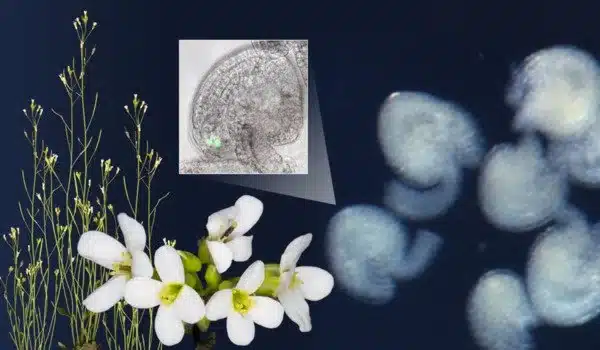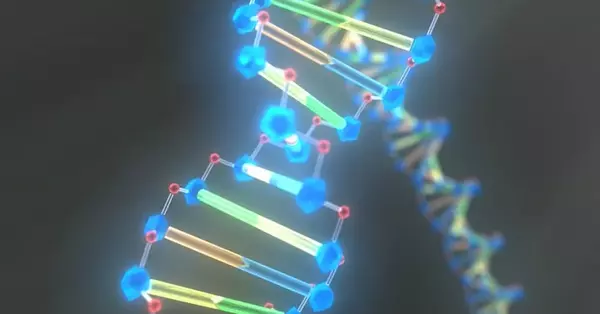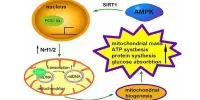The finding of critical genomic sequences required for plant reproduction is a big step forward in plant biology. Plant reproduction involves complicated genetic and molecular processes that are critical for plant species survival. The gene that controls flower formation is one of the most significant genetic sequences associated to plant reproduction.
Researchers have discovered a genomic sequence required for plant reproduction. Because this region is found in all plant species, it is expected to assist to future crossbreeding efforts and aid in the resolution of the critical problem of seed production abnormalities.
A research group led by Associate Professor Ryushiro Kasahara at Nagoya University in Japan, identified a genetic sequence in thale cress that is essential for plant reproduction. As this region is found in all plant species, it is expected to contribute to future crossbreeding between plant species. The results were published in Frontiers in Plant Biology.
The discovery will almost certainly benefit the seed production industry. It could help improve fertilization rates in plants that are less efficient in terms of pollen tube attraction to ovules. Our discovery has the potential to improve fertilization and the early stages of seed growth.
Dr. Kasahara
Understanding plant fertilization is critical for ensuring food security and increasing plant yields. Signaling molecules play an important role in this process. The male pollen tube is attracted and guided toward the female ovule during thale cress reproduction by signaling molecules called LURE proteins secreted from the female reproductive tissues. Previous research discovered a gene called MYB98 that promotes the creation of LURE proteins.
However, due to the genome’s complexity, discovering the sections of the genetic code that activate the production of MYB98 and other genes is a challenging task. The plant genome has a large number of non-coding regions, which may be implicated in gene activation. Most of Kasahara’s career has been dedicated to finding the gene sequences – identifying the sequences responsible for the activation of MYB98 gene took him almost 18 years.
“Since the discovery of MYB98 in 2009, its downstream genes, such as LUREs, have been identified. However, the upstream genes controlling MYB98 were not identified until our group discovered them,” Dr. Kasahara said. The group called their discovery Synergid-specific Activation Element of MYB98 (SaeM). “I was so happy to discover SaeM, as it is the starting point to explore the genes required for driving MYB98.

Their efforts were rewarded when they discovered that SaeM was present in practically all plant species. The researchers discovered that their research could help with the critical issue of seed production flaws, or the underdevelopment or improper growth of seeds. Reproductive isolation, a set of mechanisms that prevents successful reproduction across diverse plant populations, is a common cause of seed development problems. It may be feasible to circumvent this reproductive isolation and develop useful hybrids by crossbreeding by altering SaeM.
The finding could also improve fertilization rates and solve cross-incompatibility issues in some crop species. Incompatibility is caused by the failure of the proper fertilization process when the flower is pollinated with pollens from different species. One of the reasons for incompatibility is that the growing pollen tube can fail to sense cues from the ovule. The newly discovered element could be useful to activate and enhance the expression of genes responsible for the synthesis of the cue. This may help produce seeds in otherwise incompatible lines.
“The discovery will almost certainly benefit the seed production industry,” Kasahara stated. “It could help improve fertilization rates in plants that are less efficient in terms of pollen tube attraction to ovules. Our discovery has the potential to improve fertilization and the early stages of seed growth.”
Kasahara is excited about the potential applications of his findings. “New discoveries like this frequently open up previously unrealized avenues,” he said. “Our team is very ambitious, and we are open to the practical application of this new discovery.”















